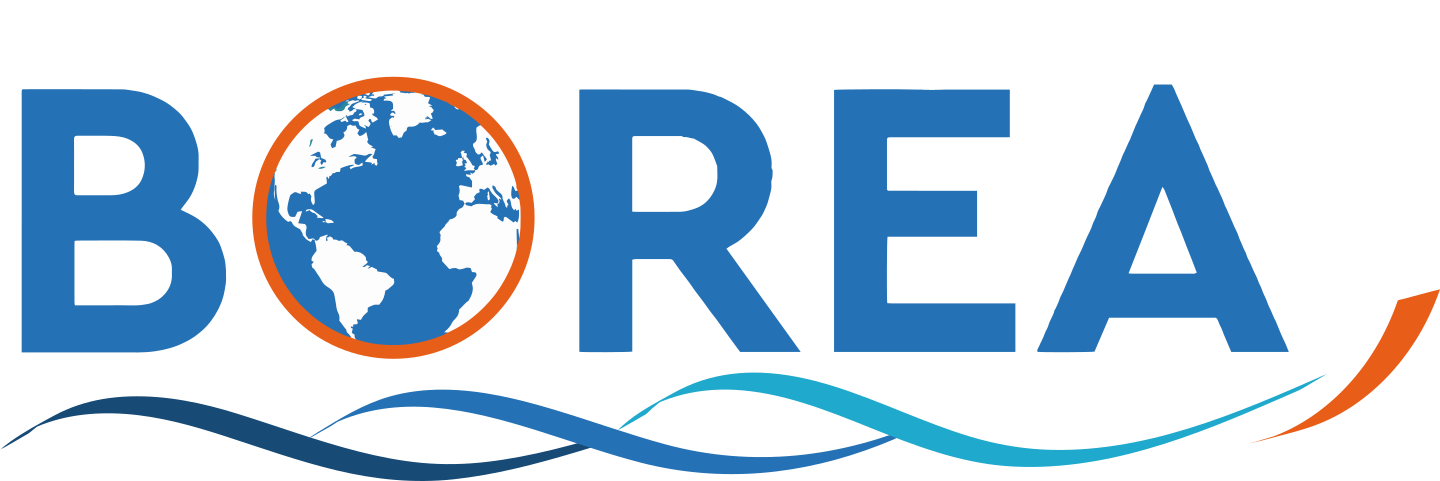Journal
The act of spawning of fish can be influenced by a variety of factors, including environmental conditions and
human activities, particularly fishing. Patagonian toothfish (Dissostichus eleginoides) is a commercially exploited
fish species, occupying the southern Patagonian and Chilean shelves, as well as the sub-Antarctic submarine
plateaux. It is characterized by a late maturity and slow body growth, which are key considerations in its
management and conservation. In this study, we investigated the spatio-temporal dynamics of Patagonian
toothfish spawners in the Kerguelen region using fishery observer data, from 2020 to 2024. We predicted
spawner hotspots and seasonal trends of spawner abundance using spatially-explicit Generalized Additive
Models (GAMs) that modeled the spawner CPUE (Catch Per Unit of Effort). Our results suggest that toothfish
female spawners aggregate at specific locations from early June to the end of July. Hotspots of male spawners
were found from mid-June to mid-July and then from mid-August to mid-September. The main spatial overlap
between male and female spawner hotspots is located on the western slopes and the north of Skiff bank
(along the 1500 m isobath) and in the north-western region (near the 500 m isobath). Our findings enabled
the formulation of hypotheses concerning the ecological drivers influencing Patagonian toothfish spawning
and emphasize the importance of considering seasonal localized closures to avoid mortality and disturbance
during spawning.

